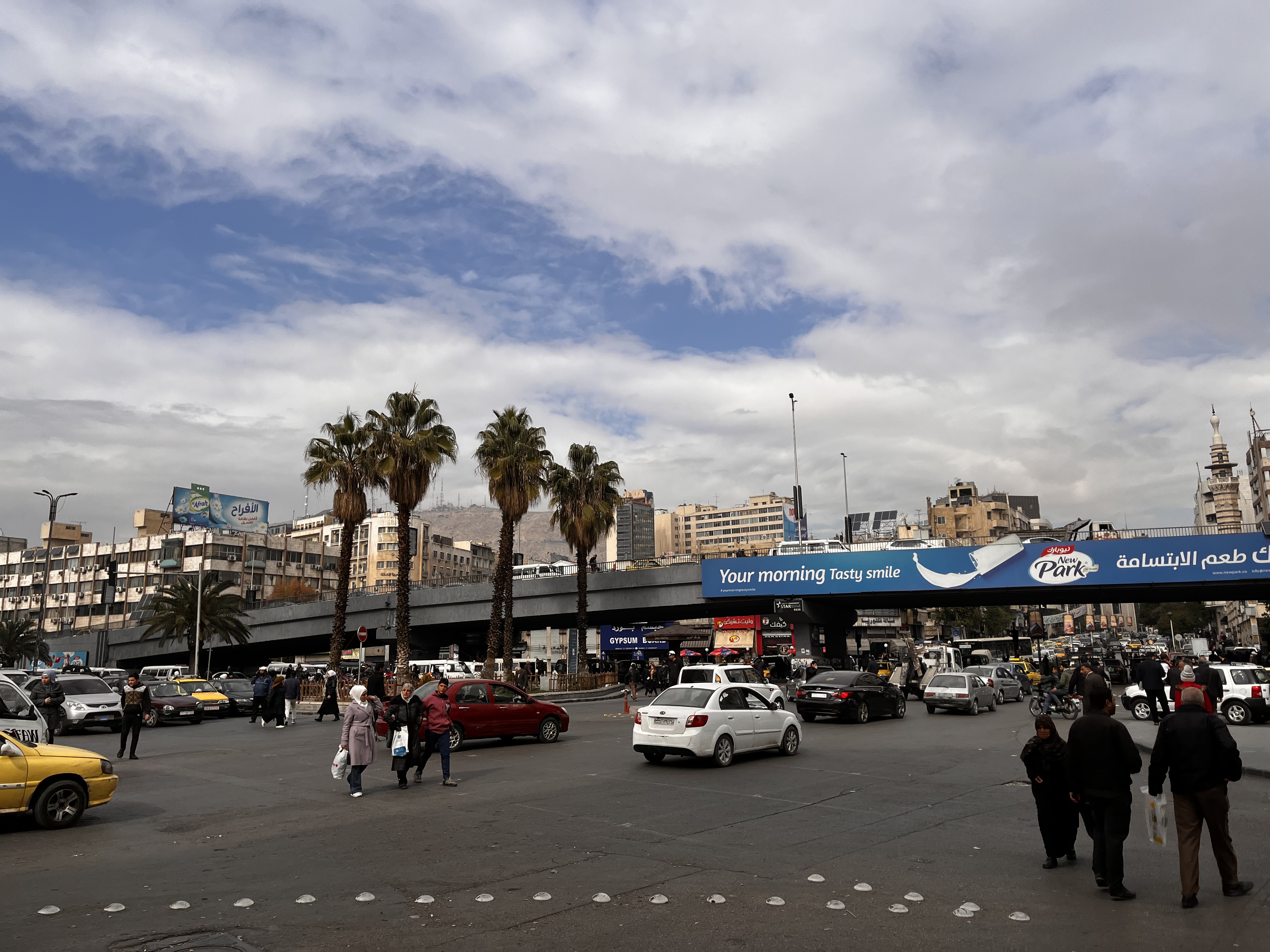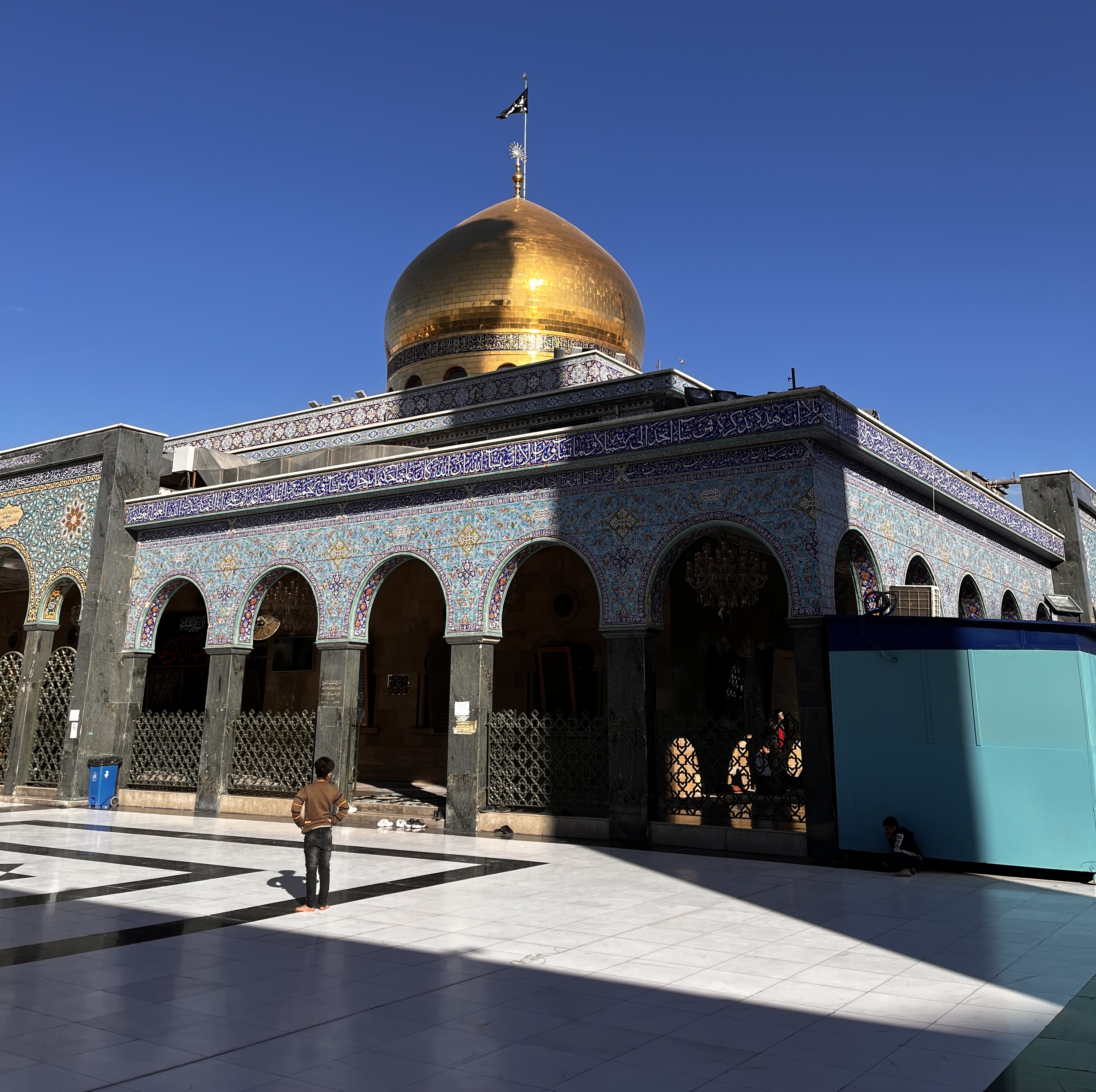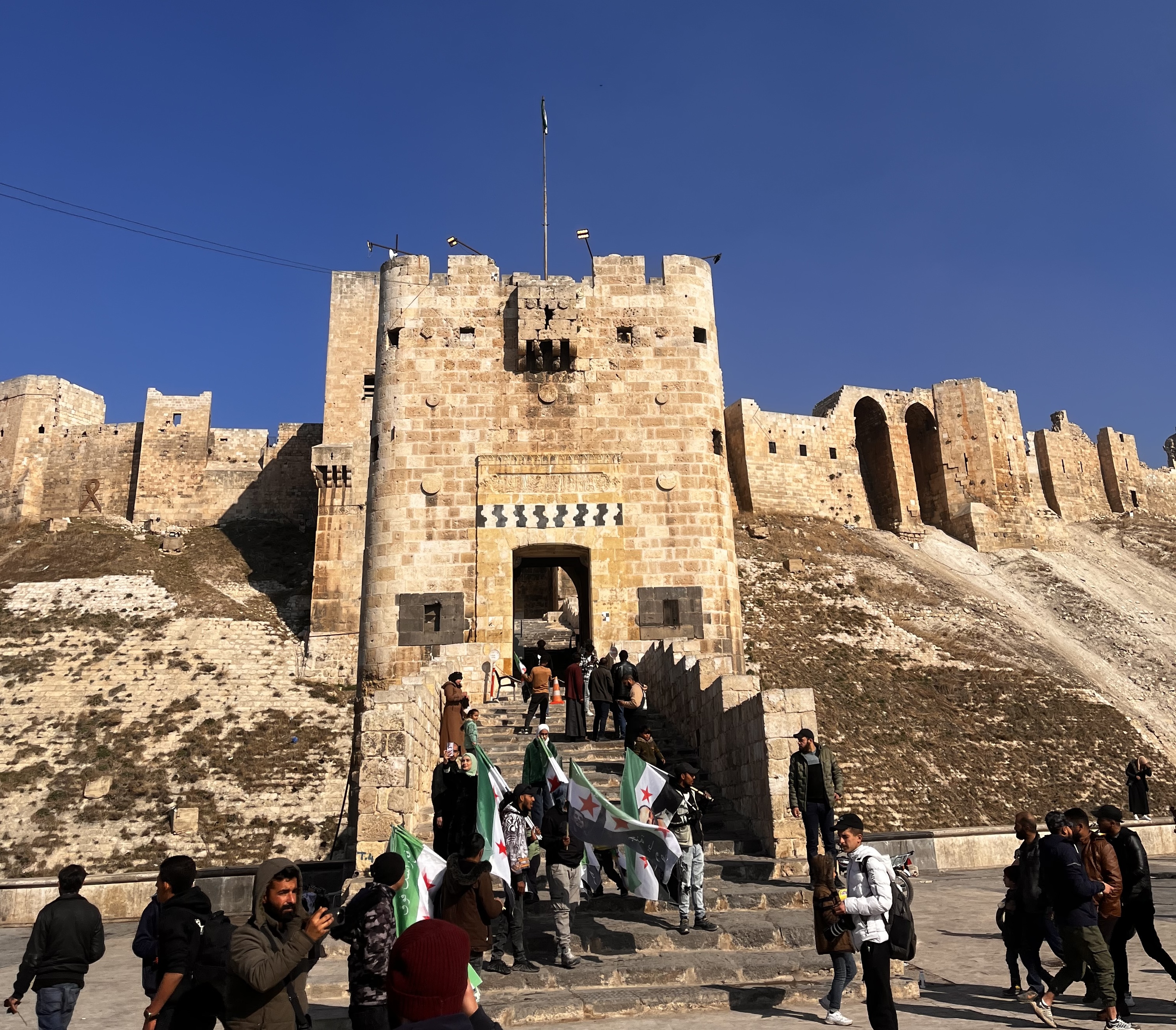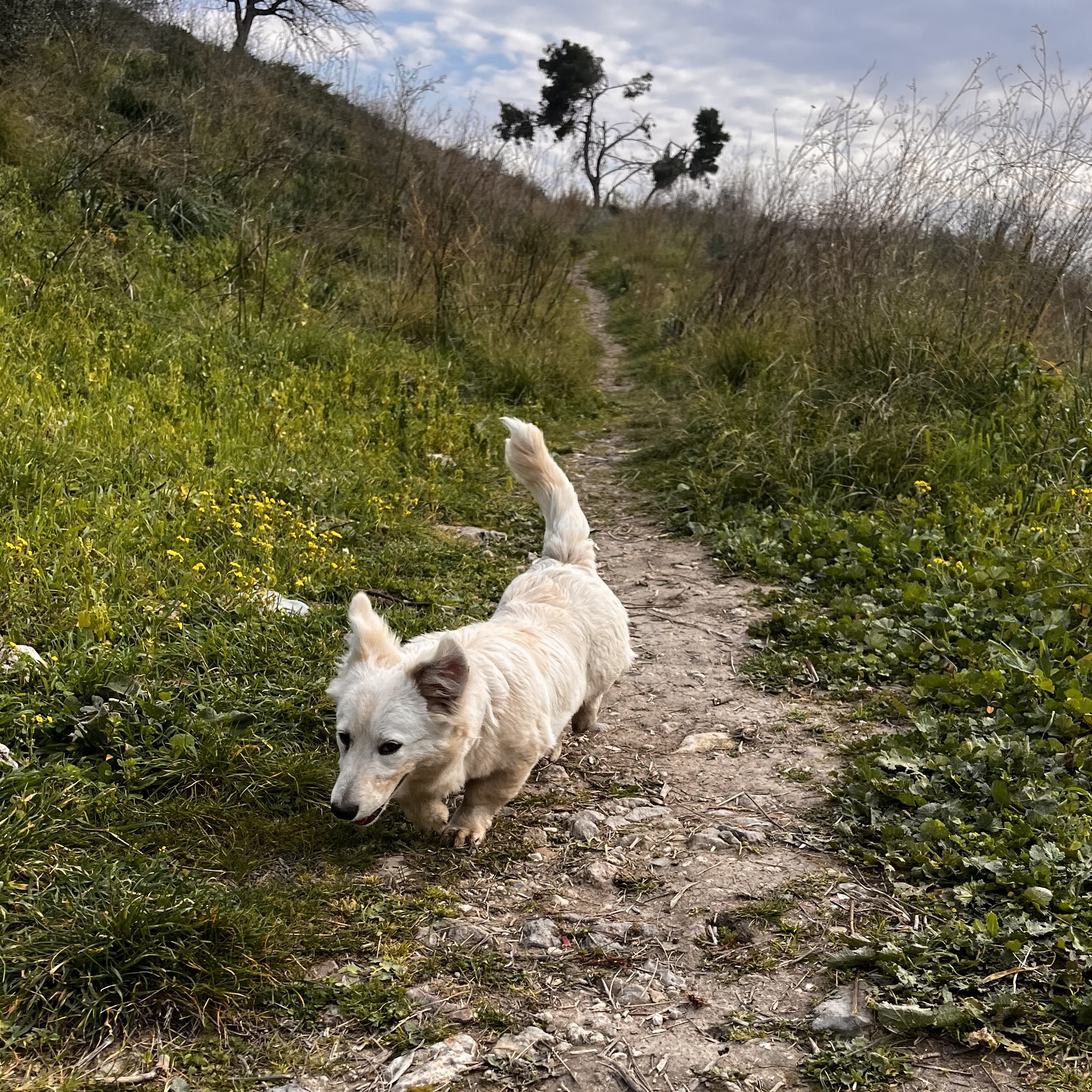Syria
Table of Contents
Navigating al-Hijaz street. Jan 2025.
1. Introduction: Stepping In (Jan 21st)
I arrived in Syria on January 21st, staying until February 2nd, 2025. This was just after the big political transition everyone had been watching. Getting across the border was surprisingly smooth, almost anticlimactic – none of the usual regional bureaucratic runaround I'd braced for. The worst part was negoitating the taxi costs on the Lebanese side. Maybe it was the chaotic handover, but my initial feeling was surprisingly positive, almost like a 'honeymoon phase' with the place, despite the obvious scars. You heard it from locals too – a common refrain was simply that there were "too many people," hinting at the immense strain on everything.
2. Damascus Area: The Sayyida Zainab Bubble (Jan 21st - 25th)
I spent a good chunk of time around the Sayyida Zainab shrine. The suburbs getting there are rough, plenty of bombed-out buildings as stark reminders. But inside the shrine complex itself, life felt strangely normal, almost insulated.
Out the Sayyida Zainab complex, life carries on. Jan 2025.
It felt different from Karbala – maybe fewer pilgrims overall, mostly women and kids just hanging out, playing. Saw Quran classes happening (Jan 25th) and the occasional funeral. What struck me was the lack of typical shrine atmosphere elements – no smell of incense, and the guards inside seemed less organized than you'd expect. Security around the shrine, though, was no joke – a mix of uniformed guys and frankly ambiguous dudes with guns controlling access. The shrine itself has two big spires; they'd closed down a section that apparently used to sell sweets.
Outside the walls, the neighborhood felt a bit like Karbala's market areas but with a Syrian twist. Bread lines (Jan 23rd, 25th) and queues spilling out of exchange shops (Jan 23rd) were common sights, clear signs of the economic pressure cooker. Saw folks locals called "country people" walking around selling bread. Lots of poor and disabled people, as you'd expect. One big difference from Iraq: I saw hardly any of the noisy neighborhood generators or even many solar panels that are everywhere back there – electricity felt like a whole different kind of problem here. Had brief chats with a guy who said he was Uighur (Jan 21st) and another, Ahmed, from Homs (Jan 24th). Didn't see any organized majlis happening during my time there.
Also swung by the Sayyida Ruqayya shrine in Damascus proper – smaller, but clearly still active.
3. Haleb (Aleppo): Reminders and Closed Doors (Jan 30th)
In front of the Aleppo Citadel.
Heading north to Haleb felt different. The war's impact seemed rawer, somehow. Near Masjid al-Raees, seeing a sacked graveyard was grim. My attempt to visit the Mashad al-Nuqta shrine, another key site, was a bust – found it closed on the 30th. Did manage to visit the grave of Mohsin. Talking to people and just looking around, it felt like the electricity situation here might be even tougher than in Damascus.
4. Lattakia: Green Coast, Anxious Homes (Late Jan / Early Feb)
Lattakia, on the coast, was a welcome visual break – surprisingly green, with those "La ilaha illallah" signs on the highway bridges. I had the chance to stay with a friend's family here, wonderfully hospitable people. It gave me a closer look at how folks were really feeling.
View near Lattakia port. Feb 2025.
Even sitting in their home, you could feel the anxiety thick in the air. Conversations inevitably circled back to the future under the new government. "How much longer can you wait?" wasn't just a rhetorical question; it felt like the core sentiment, this deep uncertainty. People seemed glad for the change on one level, but nobody seemed truly convinced things were heading in a stable direction.
Electricity is a nightmare there – folks said maybe two hours of grid power a day. Everyone who can invests in solar panels and batteries because, unlike Iraq, generator fuel is prohibitively expensive. It's forcing a kind of 'soft digitization' too – tight limits on cash withdrawals push everything towards electronic payments. And looming over it all is the question of sanctions – what happens now?
You see the stress playing out – noticeable influx of people from the countryside, visible poverty. On a side note, Lattakia weed was reportedly good quality. Heard an interesting anecdote about a former minister spotted waiting in the normal passport line for a trip to Dubai – locals took it as a sign the transition wasn't a total purge, that maybe guys outside the mukhabarat (security apparatus) weren't seen as core regime players. But you also heard from people who'd built whole careers now seriously wondering if they needed to get out.
5. Practical Stuff
On a practical note, navigating involved getting a local SIM (MTN seemed common, Jaramana branch supposedly less busy; needed passport + entry card). Key codes were `#111*` for packages (`baq`) and `#110*` for credit. For longer trips, "Bolman" came up as one of the old, known bus companies.
6. Wrapping Up: Holding Breath
Looking back on those two weeks (Jan 21st - Feb 2nd), Syria felt like a place caught mid-breath. There was that initial buzz of change, but layered thick with the wreckage of the past and crippling present-day problems – the economy, the power cuts, the sheer uncertainty. The resilience was undeniable, people carving out normalcy amidst the chaos. But the anxiety about what comes next was just as real. It was a short trip, but the intensity of that transitional moment, the stark contradictions – destruction and daily life, tentative hope and deep-seated fear – left a strong, distinctly Syrian impression. The window I saw felt incredibly fragile.
A happy dog in Ugarit.




